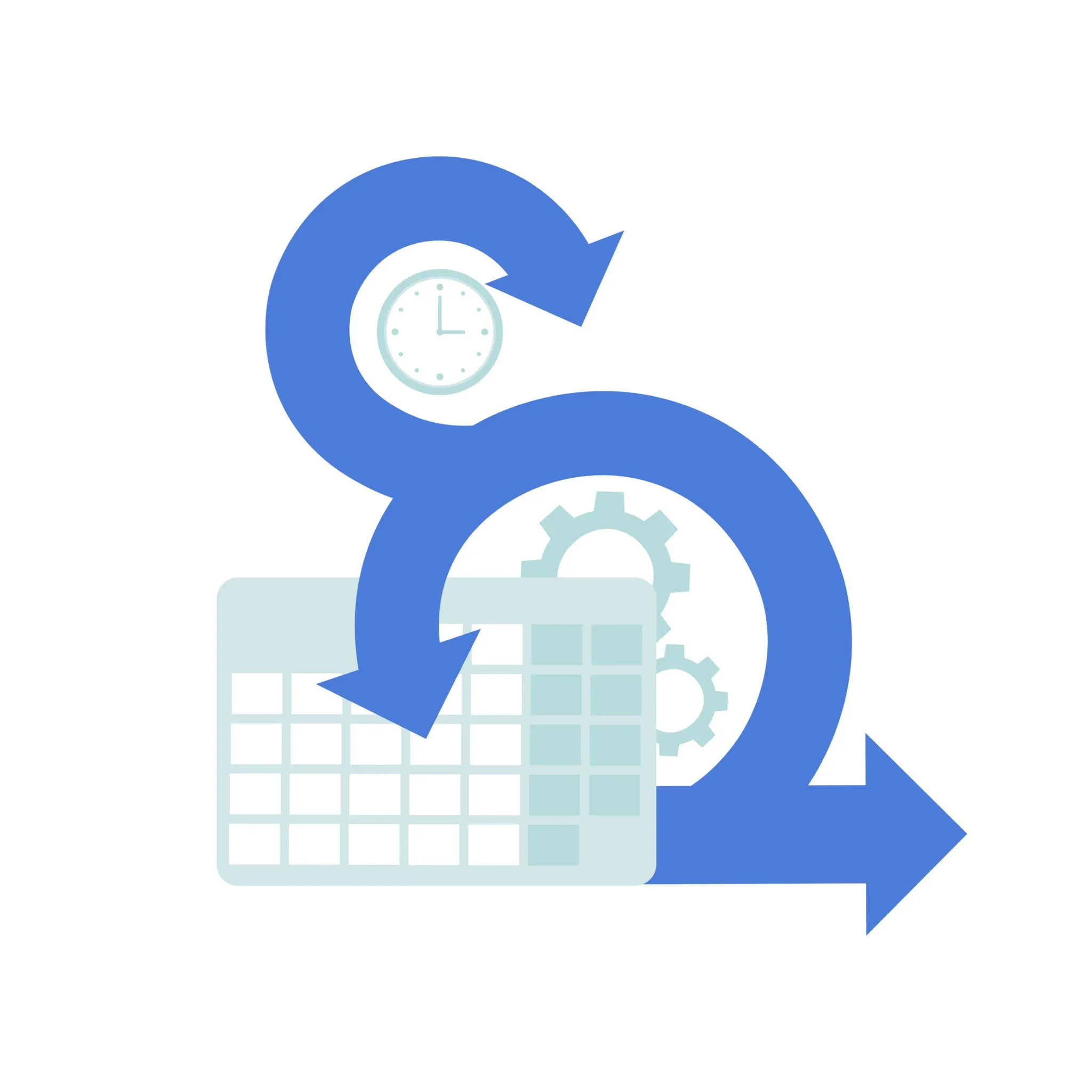

The scaled agile framework is a collection of organized guidelines on roles and duties, work planning and management, and values to preserve. Scaled agile framework certification encourages alignment, collaboration, and delivery across huge numbers of agile teams. It was developed around three primary bodies of knowledge: agile software development, lean product development, and systems thinking. SAFe offers a structured approach to scale agility as businesses grow in size. For configuration, various levels of scale are available in SAFe to provide various levels of scale: essential SAFe, large solution SAFe, portfolio SAFe, and full SAFe.
Organizations that are ready to deploy safe scaled agile framework certification often have level sponsorship, a solid cause for the change, and a scrum basis. Scaled Agile presents a SAFe deployment roadmap with precise stages for getting started and preparing a company for full portfolio adoption. Below are the twelve steps for implementing SAFe:

Everyone in Scrum@Scale (S@S) is a member of an interchangeable Scrum team. Scrum teams network together to establish an ecosystem based on their aims. The goal of S@S is to build a network of Scrum teams using a "scale-free architecture," which means that core Scrum roles and events may be grown linearly without adding additional process dynamics. For a complicated product with 25 Scrum teams, for example, one Scrum of Scrum (SoS) may not be adequate, so a Scrum of Scrums (SoSoS) with a Scrum of Scrums Master (SoSM) may be required.
Although S@S is less prescriptive in general, it does provide one guiding question to assist businesses in determining if they are ready to scale: Is it true that adding more workers to the system increases performance exponentially or that productivity suffers? Scrum@Scale, like scaled agile framework training, provides online reference information, including an extensive Scrum@Scale handbook that is growing in popularity.
S@S is most effective when
Large-Scale Scrum (LeSS) is characterized by a focus on roles, structure, and artifacts. Whereas SAFe has four configurations to support teams of increasing size and increasingly sophisticated solutions, LeSS has two: LeSS for two to eight teams and LeSS Huge for more than eight teams. SAFe advocates a more democratic approach, whereas LeSS believes that product owners should have total content authority and strategic influence. While numerous variables influence strategy in SAFe, LeSS emphasizes a customer-centric approach centered on paying customers.
LeSS, like S@S, scales from Scrum events, artifacts, and roles. SAFe and LeSS both promote systems thinking, lean thinking, and other comparable guiding concepts. LeSS, on the other hand, focuses on waste reduction throughout the business with the objective of continual development.
LeSS is most effective when:
Unlike the other frameworks discussed, Disciplined Agile (DA) is a toolbox that enables businesses to determine which manner of working is best for them. It provides lightweight agile governance based on Scrum and Kanban, as well as transformation expertise in areas like HR and finance, governance, DevOps, portfolio management, and more. DA entails adopting multiple degrees of scale for each project on a case-by-case basis, with an emphasis on decision-making enablement to assist in steering strategic direction.
DA is most effective when:
The Spotify "model" is a self-contained collection of techniques that may be used to coordinate agile teams. It was never meant to be a model or framework, but it has been used as such by several firms. Spotify prioritizes self-organizing, cross-functional, and co-located teams known as "squads" (the equivalent of a scrum team). SAFe, on the other hand, has no such restriction on team co-location; in fact, it is recommended for PI planning.
Squads are grouped into bigger groups known as "tribes." Dependencies between squads are minimal and are managed through Scrum of Scrums as they arise. Knowledge exchange is facilitated via "chapters" and "guilds," which are informal groupings structured around skill sets and hobbies. In comparison to other examples, where internet tools, training courses, and certifications are available, the Spotify model's resources are restricted to a publicly accessible blog and other companion pieces written by its pioneers and admirers. The model is gaining popularity, so we'll probably see more of it in the future.
Spotify is most successful when:
Frameworks such as safe scaled agile framework and others mentioned above offer a realistic solution for assisting businesses in efficiently scaling agile across their organizations and achieving their business objectives. But the tools you use to help you magnify current routines and reap the full advantages of those practices are equally crucial.
Also Read: Agile vs Scrum